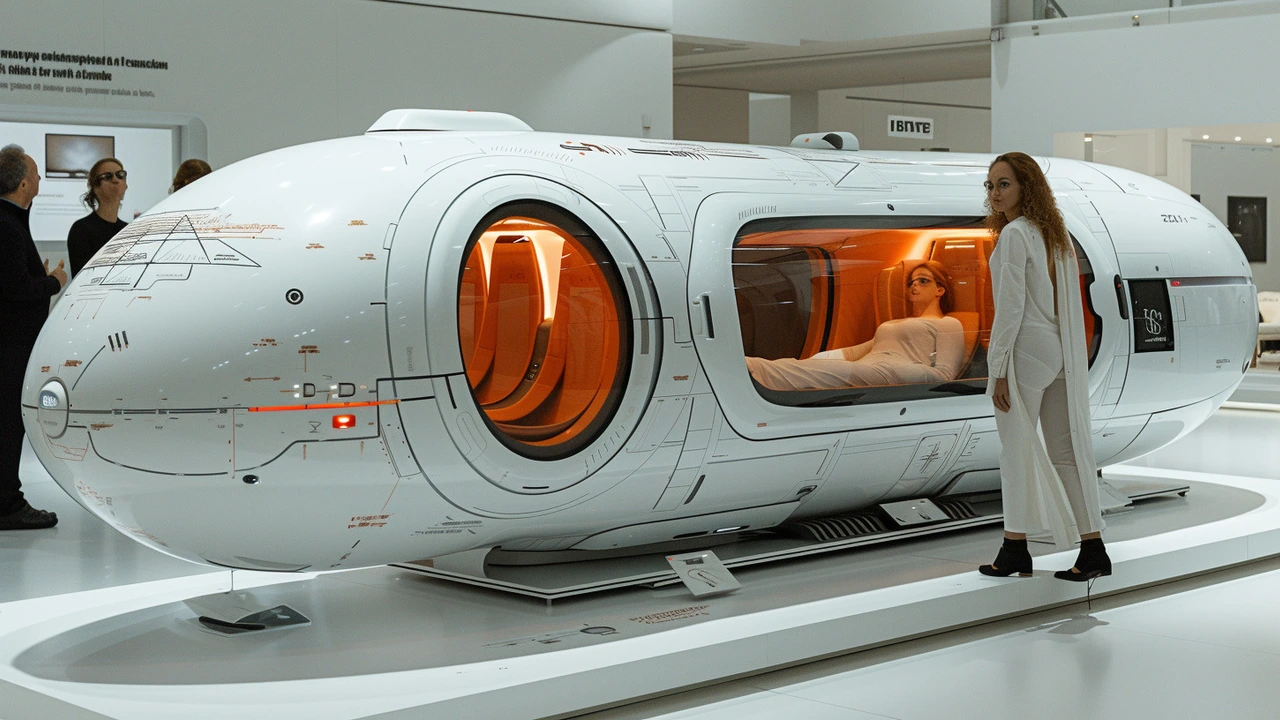Technology in Architecture: Tools, Trends & Practical Tips
Tech is changing how we design, build, and run buildings. You don’t need to be an expert to get useful gains—small, focused moves make projects faster, cheaper, and more comfortable for users. Below are concrete tools, simple steps, and common traps to avoid when adding tech to your work.
Design and modeling: practical moves
Start with BIM (Building Information Modeling). BIM centralizes drawings, schedules, and material info so everyone works from the same data set. Try one pilot project in Revit or ArchiCAD before you roll it out firmwide. That lowers risk and keeps teams confident.
Use parametric tools like Rhino + Grasshopper for form-finding and quick tests. For example, you can tweak façade geometry to cut solar gain or improve daylight while keeping structure and circulation intact. Pair parametrics with a quick energy simulation early—small tweaks in massing often save more on HVAC than fancy finishes.
Make client reviews faster with real-time visualization and AR/VR. A 5-minute VR walkthrough avoids multiple rounds of vague feedback and speeds approvals.
Construction, materials and smart buildings
Collect accurate site data with drones and LiDAR. Drone surveys reduce field time and feed directly into your model for better site planning. For complex components, digital fabrication and CNC reduce waste and speed production—use them for panels, bespoke stairs, or façade details.
Plan for prefabrication early. Coordinate connections and tolerances in the model so offsite panels fit on site. That coordination cuts rework and shortens schedules.
Add simple IoT sensors for occupancy, temperature, and energy use. Start with a few key points: sensors in high-use zones and on major plant equipment. The data helps tune systems and saves energy; plan sensor placement during design to avoid disruptive retrofits.
Practical steps to get started
1) Choose one new tool this year and finish a small project with it—don't try to change everything at once. 2) Appoint a tech champion to train the team and keep workflows consistent. 3) Run early energy and daylight checks; they guide big decisions cheaply. 4) Talk to contractors about prefabrication before detailing. 5) Use open standards (IFC, COBie) for smoother data handoffs and clearer ownership.
Common pitfalls
Buying too many tools without training, ignoring data governance (who owns building data?), and adding sensors without a plan for maintenance. Budget 2–5% of project costs for digital workflows and training—this pays off fast.
Where things are heading
Expect more AI-assisted design, cheaper on-site 3D printing, and wider use of digital twins to monitor performance and schedule maintenance. The best use of tech stays practical: focus on comfort, energy, and buildability—not novelty.

High-Tech Architecture: The Game Changer in Modern Design
Well, well, well! If you've been snoozing on the world of architecture, it's time to wake up and smell the concrete! High-tech architecture is flipping the script on modern design. It's like a superhero, swooping in with futuristic materials, innovative techniques, and digital wizardry to transform the way we build. And trust me, this isn't your grandpa's architecture - we're talking glass, steel and intelligent systems that make your home smarter than a fifth grader. So, buckle up, folks! The future of design is here, and it's as high-tech as a rocket to Mars!
Read more